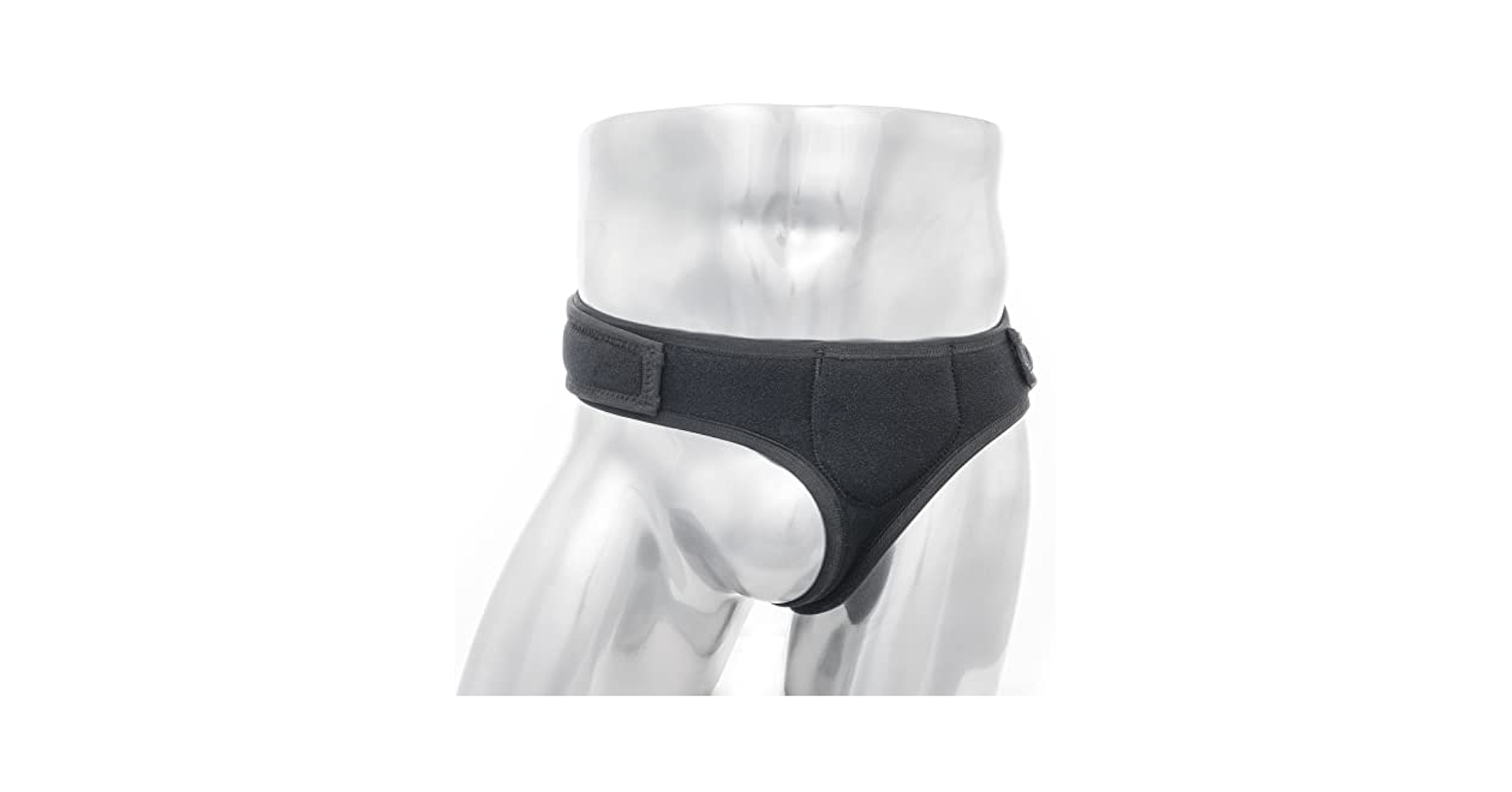Have you ever come across the term “truss clothing” and found yourself scratching your head? You’re definitely not the only one! For a lot of folks, these medical support garments remain a bit of a mystery until they actually need them. In simple terms, truss clothing refers to a specific kind of wearable support designed to assist individuals with certain medical issues, such as hernias.
In this guide, we’ll dive into everything you need to know about truss clothing. We’ll clarify what it is, how it functions, and who stands to gain from using it. Our aim is to provide you with straightforward and easy-to-understand information.
What is Truss Clothing?
Truss clothing, commonly known as a hernia belt or support garment, is actually a type of medical device. It wraps around your torso and its primary function is to provide gentle pressure to a targeted area. This pressure is crucial for supporting weak muscles and keeping tissues securely in place.
The concept isn’t exactly new. Back in the 1800s, trusses were made from leather and steel, and they were quite bulky and uncomfortable. Fast forward to today, and truss clothing has come a long way. Modern versions are crafted from soft, flexible materials that are lightweight and can easily be worn under your everyday clothes without anyone being the wiser. They play a vital role in managing hernias and helping with recovery after surgery.
Different Types of Truss Clothing and Their Uses
Not all support garments are created equal. The right one really depends on what a person specifically needs.
- Hernia Support Trusses: This is the most common type. It’s designed for individuals dealing with a hernia, which occurs when an organ pushes through a weak spot in a muscle. These trusses come with a special pad or cushion that presses directly on the hernia, preventing it from bulging out. They come in various shapes to accommodate different types of hernias, like inguinal (groin) or umbilical (belly button).
- Abdominal Support Belts: These belts offer more general support and are often used after stomach surgery. They help alleviate pain and protect the healing muscles. Plus, they can provide lower back support or assist during pregnancy.
- Specialized Designs: You can find trusses specifically made for men or women, considering the differences in their bodies. There are also supports tailored for athletes who need extra stability while playing sports.
Key Features of Modern Truss Garments
These days, truss clothing is all about comfort and practicality.
- Better Materials: Say goodbye to the old leather and steel! Nowadays, trusses are crafted from breathable, stretchy fabrics that keep you cool and comfortable, while also being gentle on your skin.
- Easy Adjustability: Most trusses come with sturdy Velcro straps, making it a breeze to tweak the fit and compression to your liking. Whether you want it snug or a bit looser, it’s all up to you!
- Discreet Design: A major goal is to keep these garments hidden under your clothes. They’re designed to be thin and smooth, so you can wear them every day without a second thought.
- Improved Technology: Some brands are even using 3D printing to create supports that fit you perfectly. Others are diving into smart fabrics that can track swelling, making them even more innovative.
The Benefits and Limits of Using a Truss
It’s crucial to understand what a truss can do for you and what it can’t.
Benefits:
- Pain Relief: The support from a truss can significantly ease the discomfort caused by a hernia.
- More Mobility: By offering stability, a truss can help you move around more freely and keep you active.
- Peace of Mind: Many users find that having their hernia supported helps reduce their worries about it worsening.
Limitations:
- Not a Cure: This is the key takeaway. A truss doesn’t fix a hernia; it’s just a temporary solution to help manage the symptoms.
- Potential Risks: If a truss doesn’t fit well, it could lead to skin issues or even worsen the hernia. Always consult with a doctor before using one.
How to Choose the Right Truss For You
Choosing the wrong truss can lead to some serious issues. Here’s how to make sure you get the right one.
- Talk to a Doctor First: Before you even think about buying a truss, make sure you get a proper medical diagnosis. A doctor needs to confirm that you have a hernia and identify what type it is. They can also help you with the right measurements for a proper fit.
- Consider Your Needs: Take a moment to think about when you’ll be using the truss. Is it for work, sports, or just lounging around at home? Knowing this will guide you in selecting the best style and material for your situation.
- Check Your Insurance: If your doctor prescribes the truss, there’s a good chance your health insurance could help with the costs.
The Future of Support Wear
The world of truss clothing is evolving rapidly. Looking ahead, we can expect to see:
- Custom-Fit Trusses: Imagine 3D body scanning technology creating a perfectly tailored support garment just for you.
- Wearable Tech: Picture tiny sensors that monitor pressure and swelling, relaying important data straight to your doctor.
- Eco-Friendly Options: Just like with all fashion, more brands are likely to embrace sustainable and recycled materials.
Read More: Pentikioyr: The Ancient 5 Step Cycle
Conclusion
Truss clothing serves as a helpful medical aid. It provides a way to manage pain and keep you active while coping with a hernia or recovering from surgery. That said, it’s not a long-term fix. Always make sure to use it under the supervision of a healthcare professional. When used properly, it can significantly enhance your quality of life.
FAQs
Q: How many hours a day can I wear a truss?
A: It varies from person to person. Generally, most folks wear them for about 8 to 12 hours during the day. Your doctor will provide the best guidance tailored to your needs.
Q: Can a truss make my hernia go away?
A: Unfortunately, no. A truss won’t cure a hernia; it’s just a way to help manage the symptoms. The only true fix is surgery.
Q: What are the alternatives to a truss belt?
A: The primary alternative is surgery to repair the hernia. For some, making lifestyle changes like managing weight and steering clear of heavy lifting can also help alleviate symptoms.
Q: Where can I learn more?
A: Trusted medical centers, such as the Washington University Hernia Center, offer fantastic resources for patients. Always make sure to get your information from qualified medical professionals.










